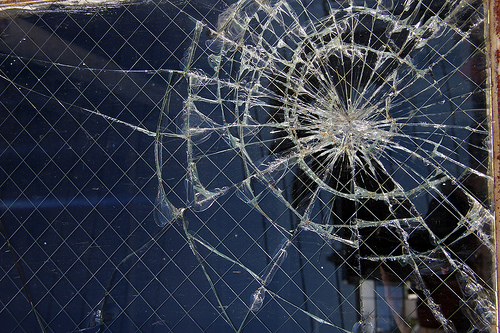 GUARDIAN– Imagine if a cold cup of coffee spontaneously heated up as you
watched. Or a cracked pane of glass suddenly un-broke. According to
physicist Lorenzo Maccone at the Massachusetts Institute of Technology, you see things like this all the time – you just don’t remember.
GUARDIAN– Imagine if a cold cup of coffee spontaneously heated up as you
watched. Or a cracked pane of glass suddenly un-broke. According to
physicist Lorenzo Maccone at the Massachusetts Institute of Technology, you see things like this all the time – you just don’t remember.
In a paper published last week in Physical Review Letters, he attempts to provide a solution to what has been called the mystery of “the arrow-of-time“.
Briefly, the problem is that while our laws of physics are all symmetrical or “time-reversal invariant” – they apply equally well if time runs forwards or backwards – most of the everyday phenomena we observe, like the cooling of hot coffee, are not. They never seem to happen in reverse.
We have a statistical law that describes these everyday phenomena called the Second Law of Thermodynamics. This law tells us that the “entropy” or degree of disorder of a closed system never decreases. Roughly speaking, a process in which entropy increases is one where the system becomes increasingly disordered. Windows break, thereby increasing disorder, but they will not spontaneously unbreak. Gases will disperse but not spontaneously compress.
However, entropy describes what happens with large numbers of particles. We presume that it must arise from what happens with individual particles, but all the laws that govern the behaviour of individual particles are time-reversal invariant. This means that any process they allow in one direction of time, they also allow in the other.
Read full article about Is Quantum Mechanics Messing with Your Memory?
© 2011 Guardian
Photo by Flickr user Nesster










